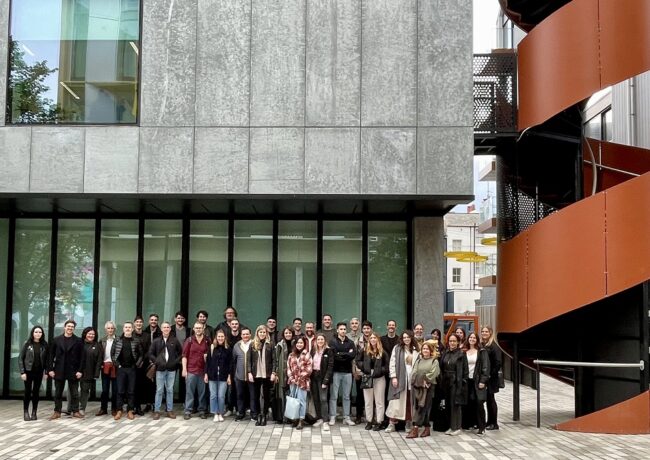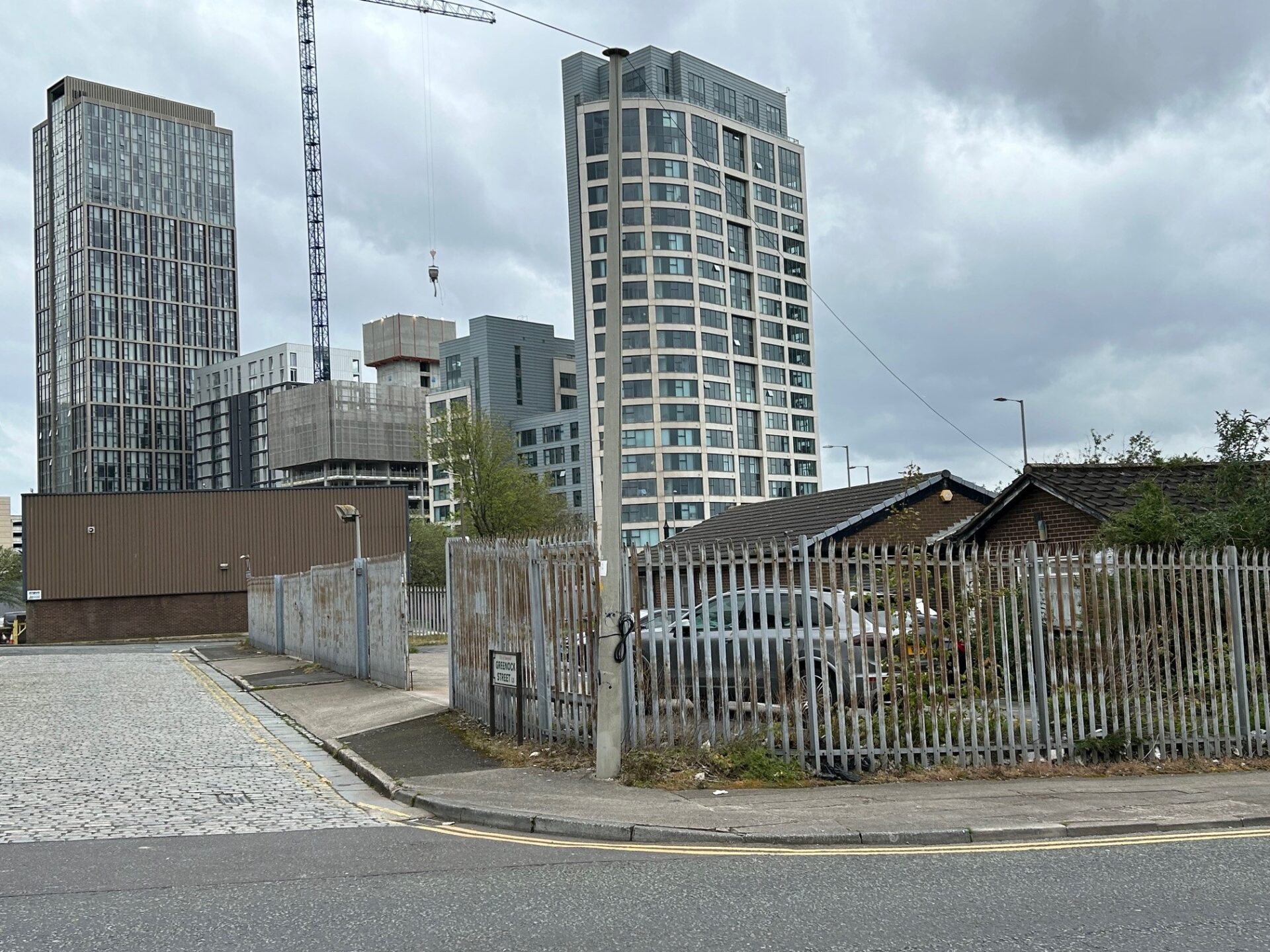Shedkm becomes employee-owned
The Liverpool and London-based architecture firm is kicking off its 25th anniversary by transitioning to an employee-owned trust model.
“Over the years we have committed not just to design leadership, but to nurturing a highly supportive environment with opportunity, autonomy, and inclusion at its heart,” Shedkm said in a statement.
“As we reach our 25th milestone we want to make sure we stay on course, and re-commit to our professional and personal principles of equity, inclusion, and the idea of a greater goal; a common good.
“It’s in that context that we are proud to announce Shedkm’s transition to an employee-owned trust with immediate effect.”
All of the shares in the company have now been transferred to a trust owned by Shedkm’s 45 employees.
“We are delighted to be joining a growing movement of firms making the shift towards more inclusive and participatory business models,” Shedkm said.
“For Shedkm, becoming an EOT is the inevitable culmination of our ‘one practice’ culture, and an opportunity to fully commit to what that means – a collaborative team, a collective ethos, common goals and shared rewards.”
The architecture firm went on to say that the EOT model would aid it in attracting and retaining talent and improve the company’s ability to meet future challenges.
More and more built environment companies have been making the shift to EOTs. Planit-IE is the most recent after Shedkm to make the leap – announcing its EOT status at the beginning of the month. Day Architectural became an EOT the month before.
This summer, industrial property agency B8 Real Estate and M&E consultancy Crookes Walker also made the transition. Last year, Chadderton-based builder J Greenwood, Liverpool-based consultancy Curtins, and multidisciplinary consultancy Hollis all made the switch.





I can recall working for BDP when that was employee owned up to about ten years ago, it’s a good system, but it didn’t necessarily create leaders or staff loyalty. Perhaps the reality is that it seems to be the only way current practical way forward for those business owners looking seriously at succession planning. I don’t think its any coincidence that all the businesses mentioned in this report are owned by people close to retirement. No one coming through has the appetite to buy large amounts of shares in a business, and that’s assuming the bank will lend them the money in the first place, which is probably not, and it been quite a while since larger organisations are buying out smaller ones. It’s therefore a quick and easy win for the retirees. The challenge as always with these models will be how the leadership evolves with the next generation and what they do with what the current generation leave behind.
By Anonymous
Another issue is that professionals in their 30s / 40s who would previously have bought in probably don’t have loads of spare cash sitting around. A generation ago these people would almost certainly be homeowners whereas now it’s not uncommon for people to rent much later at higher monthly cost.
By TC